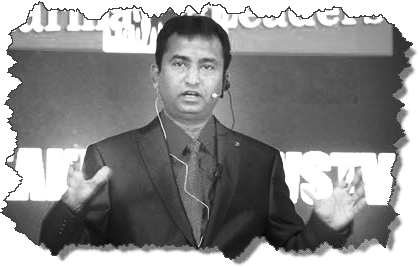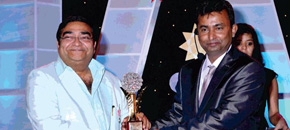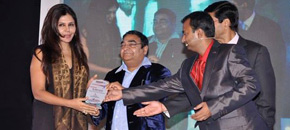Opinion Leader
SATYA BRAHMA

History shows us that generations with an exceptionally high youth ratio create political movements that shake up their systems and leave a profound impact on history. America’s baby boomers – the 79 million people born between 1946 and 1964 – led the charge in the civil rights movement and the sexual revolution.In China, out of the stormy Cultural Revolution emerged the country’s current crop of leaders, who have taken it to remarkable heights of prosperity and power. More recently, in the Arab Spring there is evidence of a strong correlation between the ratio of the population under 25 and the urge to overthrow unresponsive governments.Whether India will follow the same path may become apparent in the very near future. India now has around 600 million people who are younger than 25, and nearly 70 percent of its 1.2 billion population is under 40. It is an unprecedented demographic condition in the history of modern India, and in absolute numbers it is unprecedented anywhere in the world. It also comes at a time when much of the developed world and China have aging populations.
The country’s median age of 25 is in sharp contrast to the average age of its cabinet ministers, 65, which is a far bigger gap than in any other country – Brazil and China are next with age gaps just under 30 years. In the United States the gap is 23 years, and in Germany it is less than 10.Beyond the Internet crackdown, there are other disturbing signs that the age and thought gap between the majority of India’s citizens and their aging leaders is stifling India’s teeming youth.We see this at play when the chairwoman of the National Commission for Women tells women to “be careful about how you dress,” after a young woman was sexually assaulted in public by a group of men in Guwahati.
Until now, most of India’s young people have preferred to be silent bystanders or armchair critics of the political system, rather than actively participating in the process. A big turnoff has been the entitlement culture in the country’s politics – of the 38 youngest members of Parliament, 33 have parents who are also politicians. But then, this entitlement culture is not restricted to politics – you see it in every profession, in every Indian household to an extent.While India’s affluent parents are as well-meaning as any in the world, critics say the easy inheritance they give their children breeds smug, conformist individuals, under constant pressure to live up to a legacy, rather than chart their own course and fulfill their own potential.
The most glaring example today may be Rahul Gandhi, heir apparent of the governing Congress party, who at the age of 42 is still struggling to step out of his mother’s immense political shadow. Between the 1960s and 1990s, East Asia went through a demographic transition similar to that we are seeing in India now. Aided by the opening up of their economies, the Asian tigers and China registered high growth, rapid poverty reduction and social development. In spite of this “miracle,” many of these countries saw violent student movements against autocratic regimes, especially when faced with financial shocks. India’s demographic equation puts the ball firmly in the court of its young majority. Faced with the prospect of a bleak future, will youthful energy challenge its sworn enemy – the status quo? Will India’s younger generation strike back to install its own leaders and ideas? Or will it still remain aloof or just give up, and fall in line with the elders?


